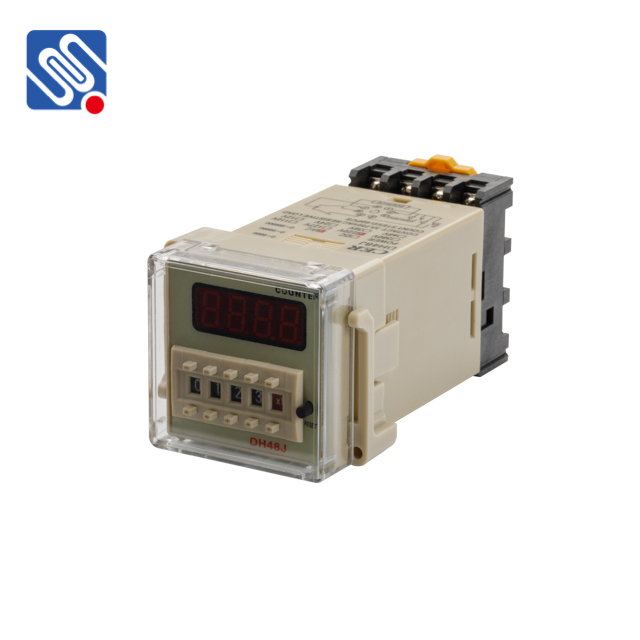understanding relay voltage: key concepts and applications in electrical systems
Release time:2025-10-28 14:23:31
Relays are fundamental components in electrical circuits, serving as electrically operated switches. They allow low-power signals to control higher-power circuits, making them essential in many automation and control systems. One critical factor in understanding how relays operate is the concept of "relay voltage." This article will explore what relay voltage is, how it works, and its significance in designing and implementing electrical circuits.

What is Relay Voltage?
Relay voltage refers to the voltage required to activate the coil inside a relay. When the appropriate voltage is applied to the relay's coil, it generates a magnetic field that pulls a mechanical armature, closing or opening the relay's contacts. This action enables the relay to control the flow of electricity in a separate circuit. The voltage applied to the coil is essential for the relay to function, and it must fall within a specified range for the relay to operate correctly.
There are two main types of relay voltage:
Coil Voltage: This is the voltage needed to energize the relay coil and activate the electromagnetic switch. The coil voltage varies depending on the type of relay, and it is usually marked on the relay’s specifications. Common coil voltages include 5V, 12V, 24V, 48V, and even higher voltages like 110V or 220V for larger industrial relays.

